HOT SPRINGS, S.D. – Researchers from The Mammoth Site in Hot Springs, South Dakota have published the results of their study of a new fossil species of capybara found in San Diego County, California. Named Hydrochoerus hesperotiganites, it is closely related to the modern capybara (Hydrochoerus), the largest living rodent, which weighs as much as 130 pounds and is found in South America and Panama. While other species of fossil capybaras are known from Central America and the southern and southwestern United States, this is the first fossil species of the living Hydrochoerus known from North America.
The paper, “A new species of Hydrochoerus (Rodentia: Caviidae: Hydrochoerinae) from the Pleistocene of San Diego County, California, USA with remarks on capybara biogeography and dispersal in the Pleistocene of western North America,” was published in the scientific journal Vertebrate Anatomy Morphology Paleontology on February 28, 2022. Authors include Mammoth Site Director of Research Dr. Jim Mead and Research Associate Richard White, Tom Deméré of the San Diego Natural History Museum and New Mexico Museum of Natural History and Science curator Gary Morgan.
White said, “Trying to figure out how this species got to California from Panama, where its closest relative is found today, was the most intriguing part of the research. We suggest that it followed a coastal route along the Pacific lowlands of northern México, up the Colorado River and eventually into California.” The Mammoth Site is a research center that studies the Ice Age throughout all of western North America, not just the Black Hills. Projects take place throughout the year from Sonora, México to the Canadian Border.
Lang Family Dig Building Dedicated
HOT SPRINGS, S.D. – Donations and support from local...
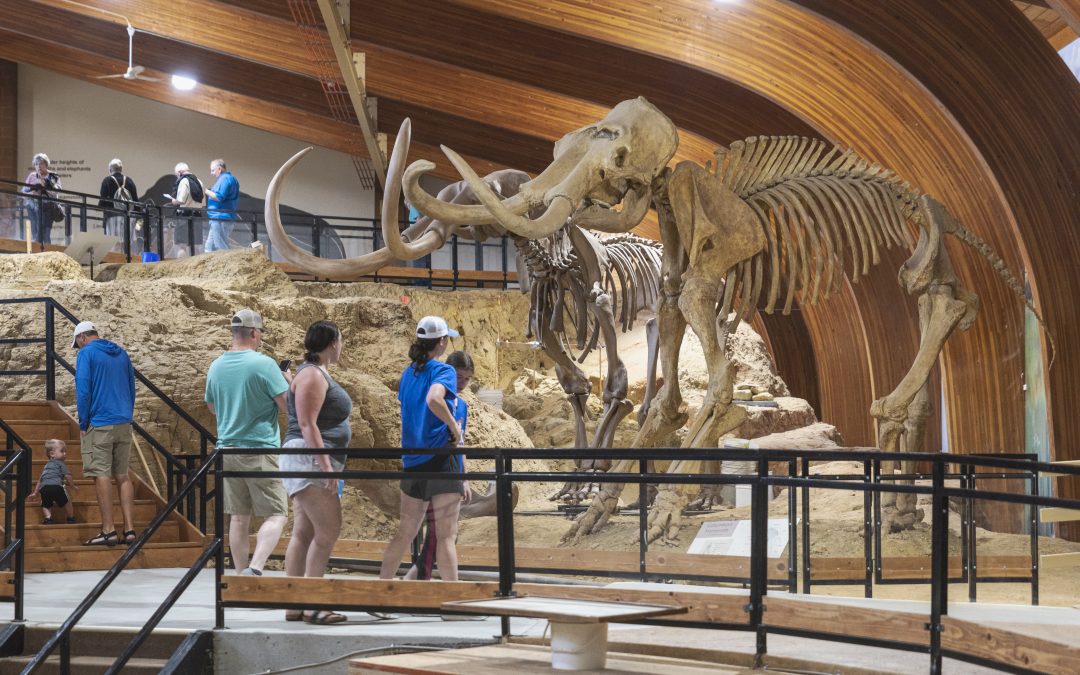
Mammoth Site Awarded Re-Accreditation from the American Alliance of Museums
For Immediate Release Release Date: July 14, 2023...
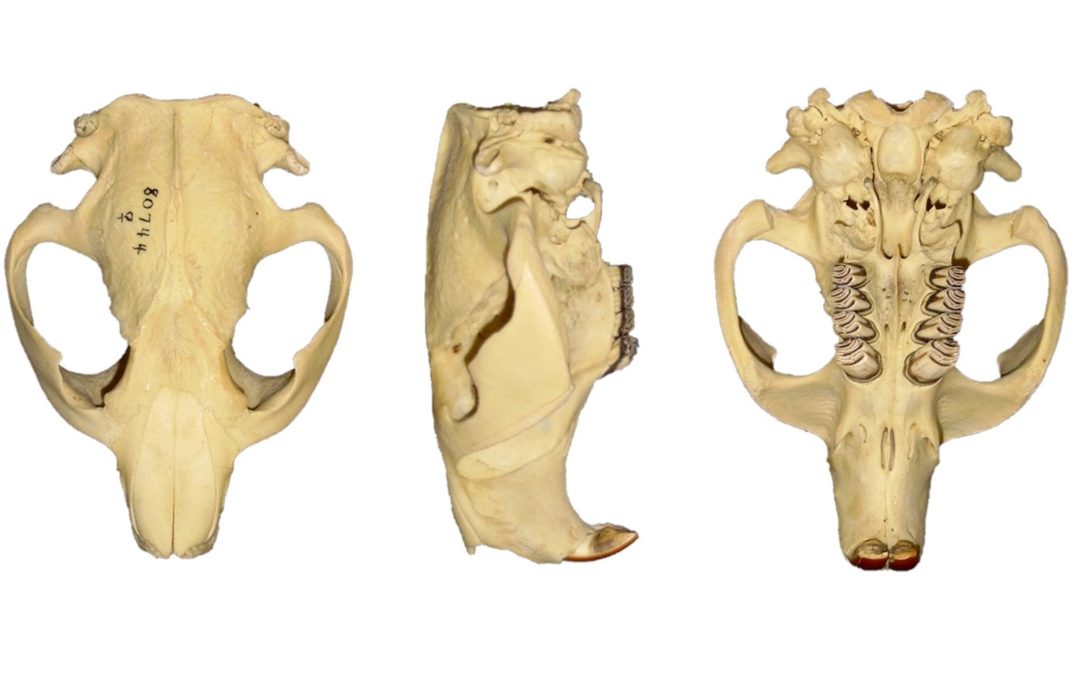
International Beaver Day
Kelly Lubbers, Bonebed Paleontologist Happy...
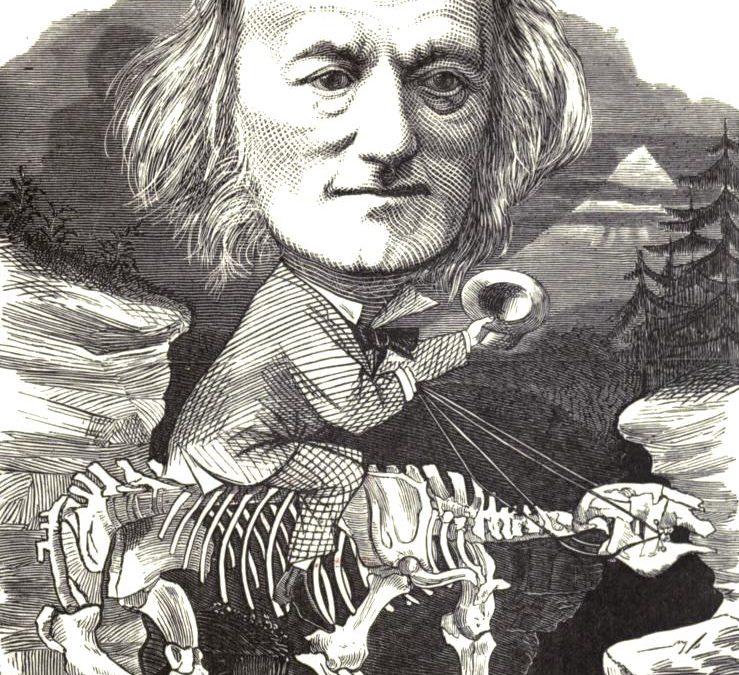
A Bone Voyage
“I have been wonderfully lucky, with fossil bones — some of the animals must have been of great dimensions: I am almost sure that many of them are quite new; this is always pleasant, but with the antediluvian animals it is doubly so.” —Letter from Charles Darwin to his sister Caroline, October 1832.
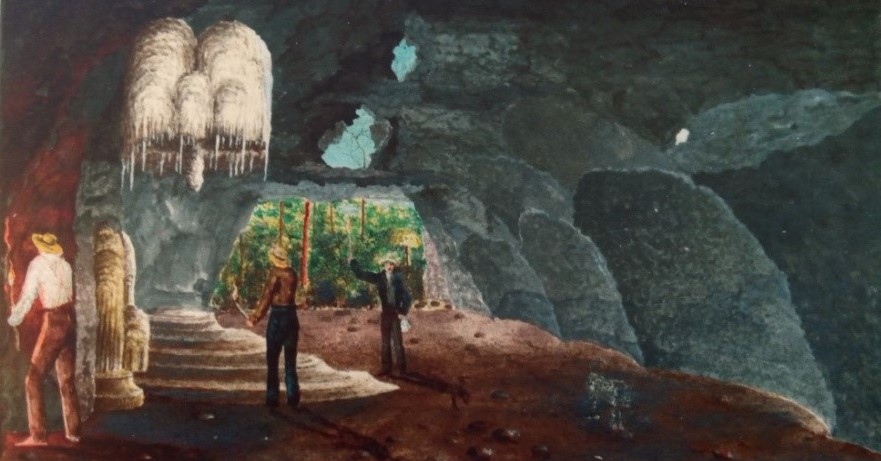
Botany and Bones in Brazil
By Greg McDonald The first discoveries of the ground...
The American Pronghorn and its Ancient Relatives
Richard S. White, Research Associate Antilocapra...
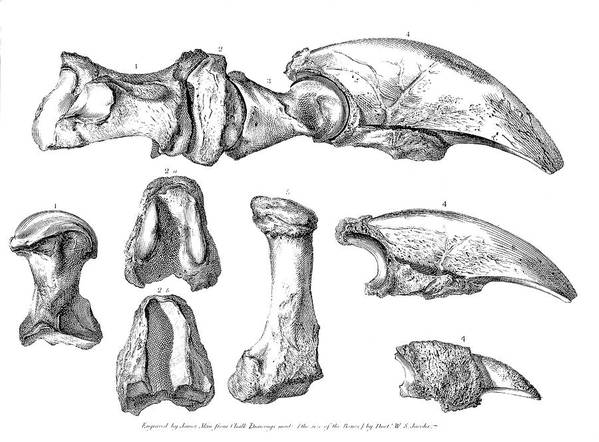
Saltpeter and Sloths
It was not long after Cuvier described the first...
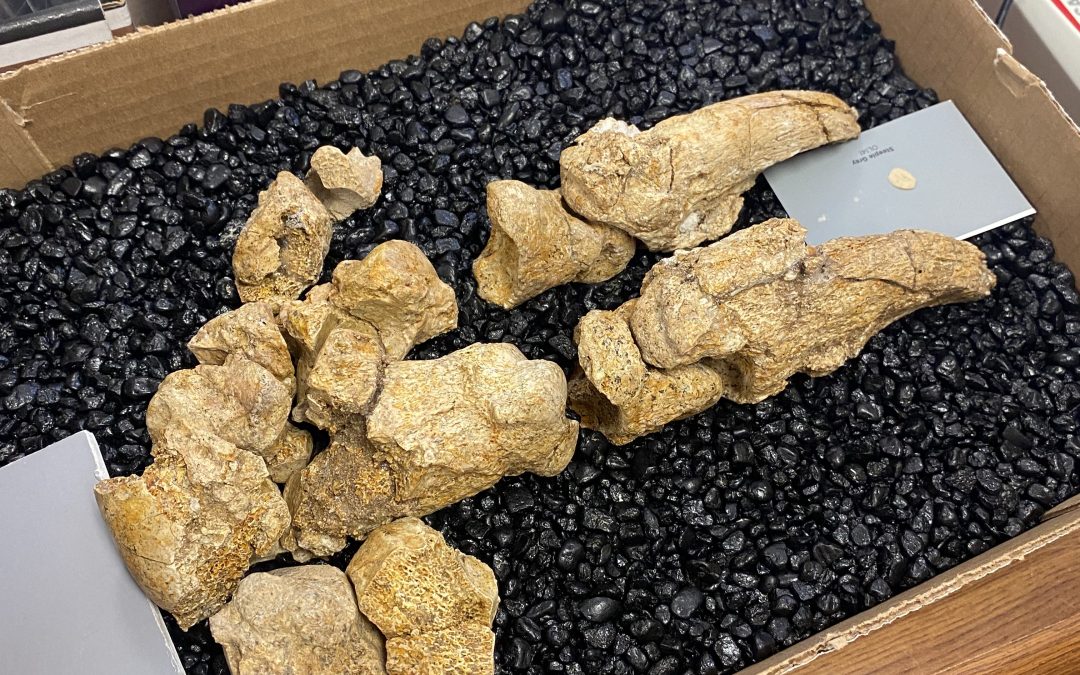
The Discovery of Sloths: Strange Animals in a Strange New Land
When you have an animal named after one of the seven...
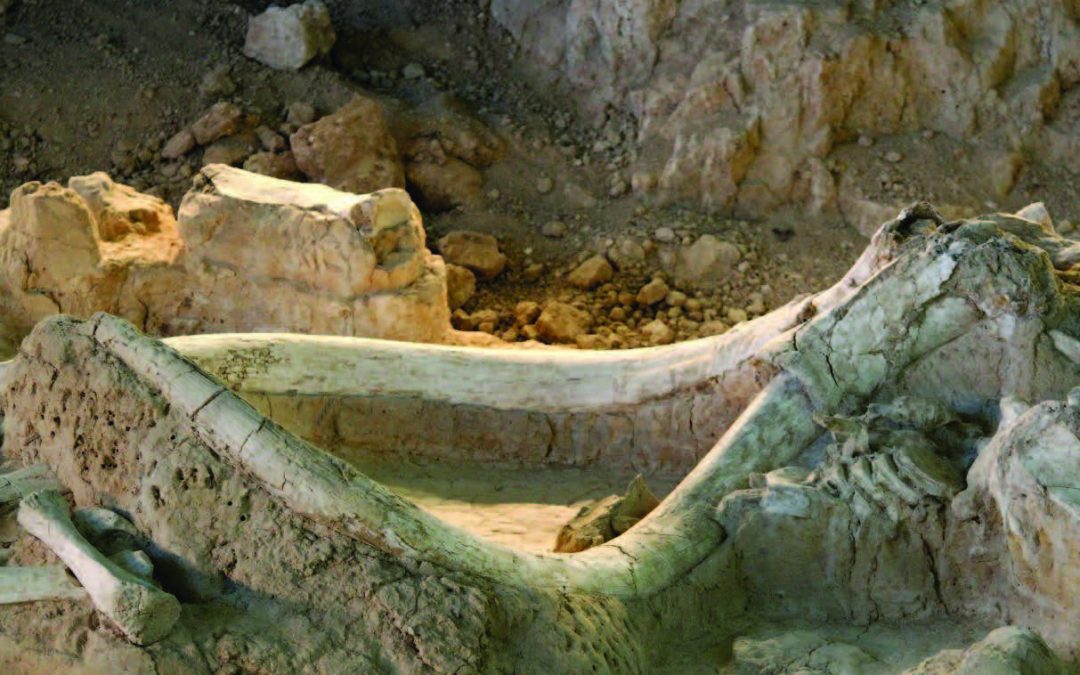
Proboscideans from US National Park Service Lands
Jim I. Mead, Justin S. Tweet, Vincent L. Santucci,...

Ancient Mitogenomes Reveal the Evolutionary
History and Biogeography of Sloths
SUMMARYLiving sloths represent two distinct lineages...
